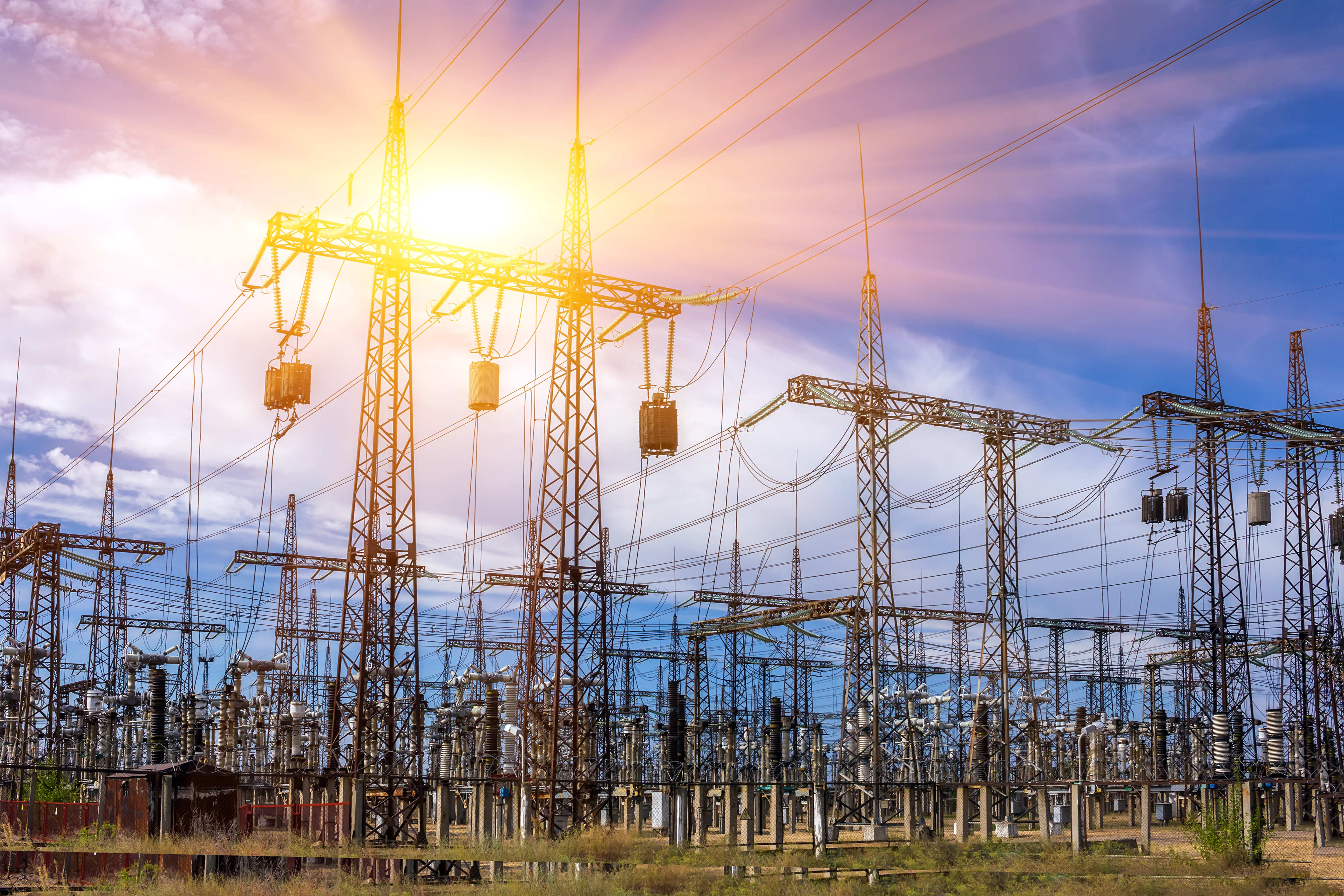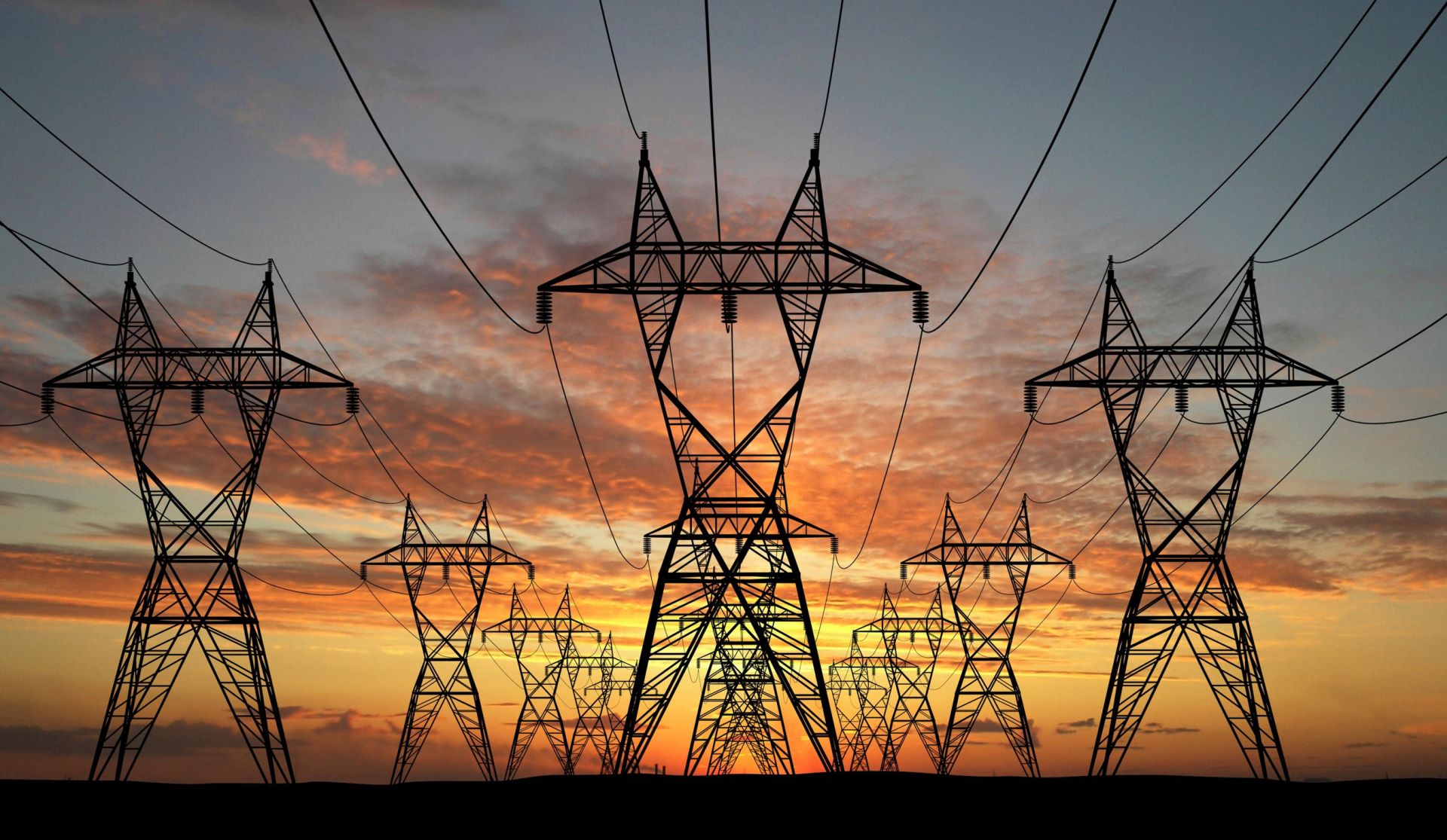
Nowadays distribution and transmission system operators perceive this fragmentation often as a kind of “ noise” that impairs the voltage and frequency management due to its effects on the standard control system. It should preserve sensible loads from outages and guarantee the continuity in the electricity supply, when a high amount of distributed generation occurs. In general, islanding consists in splitting the electricity network into fragments that are able to self-sustain their internal power demand. At the distribution level microgrids may be considered as the islands of a management procedure, termed islanding 6, 8. Due to their limited size, microgrids can occur at the distribution level and represent an important option to improve the reliability of low-voltage networks. Microgrids should provide self-sustaining portions of the network to function even when disconnected from the main grid. Various concepts for smart grids were proposed and tested 3, 4, 5 when the systems under consideration are small and working as localized groups of generation, storage, and load facilities, they are called microgrids 6, 7. To manage RES power output, tools from information and communications technology (ICT) such as remote supervisory and control systems like SCADA/EMS algorithms 1, 2 were introduced in power grids in order to make them more efficient, stable and reliable these technologies can monitor and control the power grids both from an economic and operational point of view. Over the last years, the increasing power production via renewable energy sources (RES) has completely changed the paradigms underlying energy production, transmission and distribution.

These facts should be taken into account in the design of future power grids. Less connections may even increase the grid’s stability.

When transmission lines are removed according to their betweenness centrality, the resulting islands have a higher chance of being dynamically self-sustainable than for a random removal. We test this option via the tool of optimized DC power flow equations. We remove links either randomly to mimic random failure events, or according to a topological characteristic, their so-called betweenness centrality, to mimic an intentional attack and test whether the resulting fragments are self-sustainable.

We consider the German and Italian transmission grids. In this paper we study islanding on the level of the transmission grid and shall show that it is a suitable measure to enhance energy security and grid resilience. Islanding is known as a management procedure of the power system that is implemented at the distribution level to preserve sensible loads from outages and to guarantee the continuity in electricity supply, when a high amount of distributed generation occurs.


 0 kommentar(er)
0 kommentar(er)
